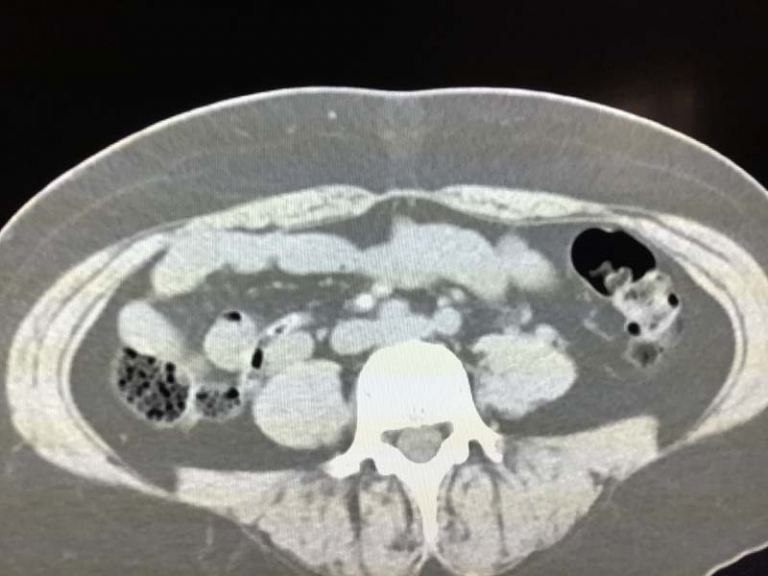PRN Medical Abbreviation
Abbreviations such as PRN are commonly used in medicine. If you’ve ever wondered what PRN stands for and its significance in the realm of medical imaging, this article aims to shed light on its meaning, usage, and relevance in the field.
What is PRN in Medical Imaging?
PRN stands for “pro re nata,” a Latin term that translates to “as needed” in English. In the context of medical imaging, PRN signifies a directive for medication or actions to be taken only when necessary or as the situation demands. It’s used to indicate that a particular treatment, medication, or procedure should be administered or performed based on the patient’s requirements rather than a fixed schedule.
PRN in Imaging Procedures
When applied to medical imaging, PRN usage varies based on the specific imaging technique and patient needs. In radiology, PRN often involves contrast agents or medications given just before or during imaging studies to enhance the visualization of certain anatomical structures or pathologies.
PRN Contrast Administration
PRN contrast administration refers to the delivery of contrast agents during imaging examinations such as CT scans, MRI scans, or angiography. These contrast agents contain substances that help highlight specific tissues, organs, or blood vessels, aiding radiologists in obtaining clearer and more detailed images for accurate diagnoses.
Indications for PRN Contrast
The decision to administer contrast PRN during imaging studies depends on various factors, including the suspected condition, the area being examined, and the patient’s medical history. Common situations necessitating PRN contrast include identifying tumors, assessing blood flow, detecting inflammation, or examining specific organs in greater detail.
Importance of PRN in Imaging
PRN plays a crucial role in tailoring medical imaging procedures to meet individual patient needs. Its flexible administration allows healthcare professionals to adapt treatments and imaging protocols, ensuring optimal patient care and accurate diagnoses.
Utilization of PRN in Radiography
In radiography, PRN extends beyond contrast administration. It encompasses the need-based application of additional imaging sequences or views, adjusting imaging parameters, or obtaining further images based on initial findings. This approach enables capturing comprehensive images, improving diagnostic accuracy without subjecting patients to unnecessary radiation exposure.
PRN Medications and Imaging Protocols
Apart from contrast agents, PRN extends to medications that might be required during imaging procedures. For instance, medications to manage allergic reactions to contrast agents or pain relief medications may be administered as needed to ensure patient comfort and safety during imaging studies.
Key Considerations for PRN in Medical Imaging
Understanding the implications of PRN in medical imaging involves considering certain essential aspects:
- Patient-Centered Care: PRN emphasizes personalized care, aligning imaging procedures with individual patient needs, reducing unnecessary interventions, and enhancing patient comfort.
- Clinical Judgment: Healthcare providers exercise their clinical judgment to determine the appropriateness of PRN interventions based on the patient’s condition and imaging requirements.
- Safety Protocols: Implementing safety measures when administering PRN medications or contrast agents is paramount to prevent adverse reactions and ensure patient well-being.
Conclusion
In medical imaging, PRN, or “as needed,” represents a versatile approach to tailoring imaging procedures to individual patient requirements. From contrast administration to adjustments in imaging protocols and medications, PRN facilitates personalized care while optimizing diagnostic accuracy.

